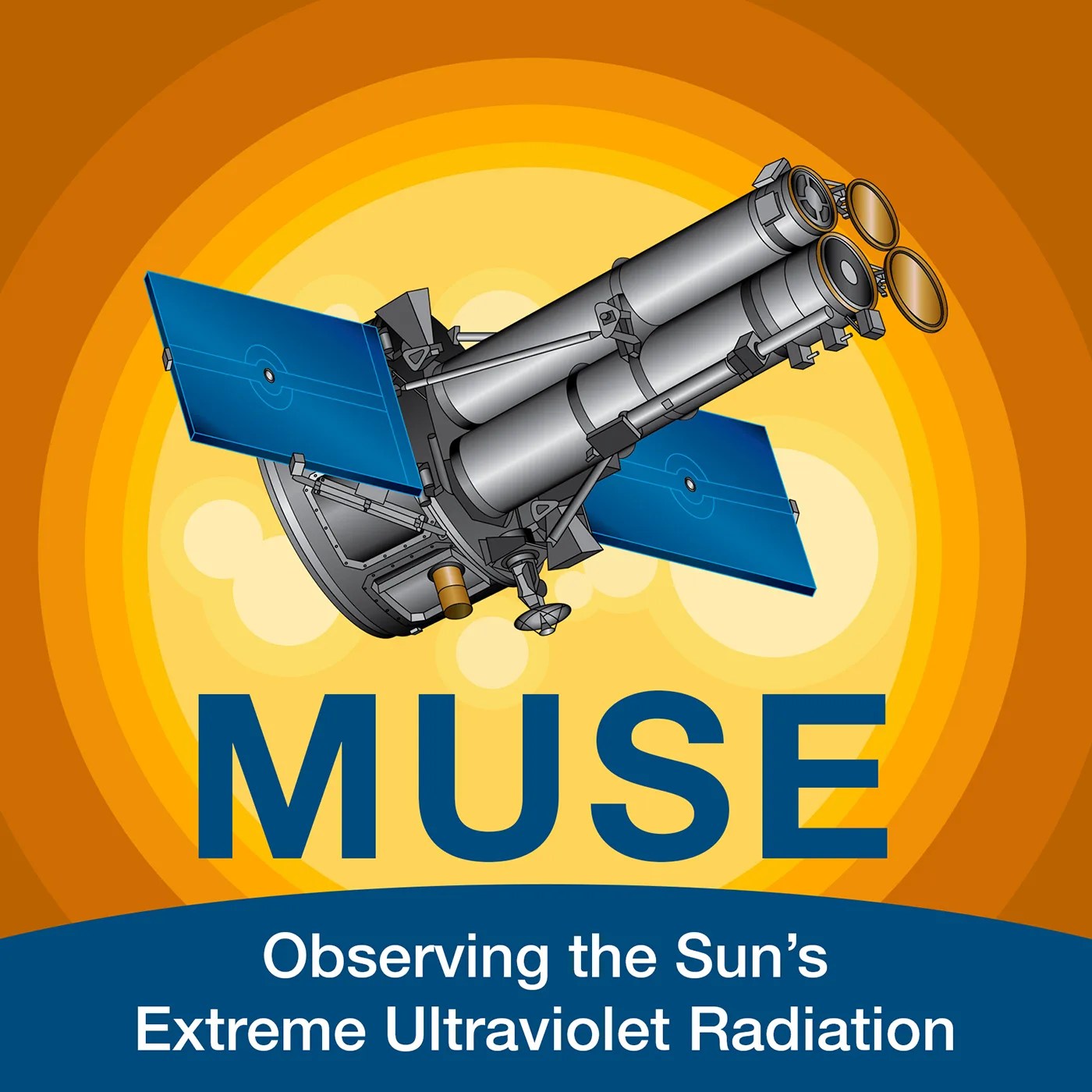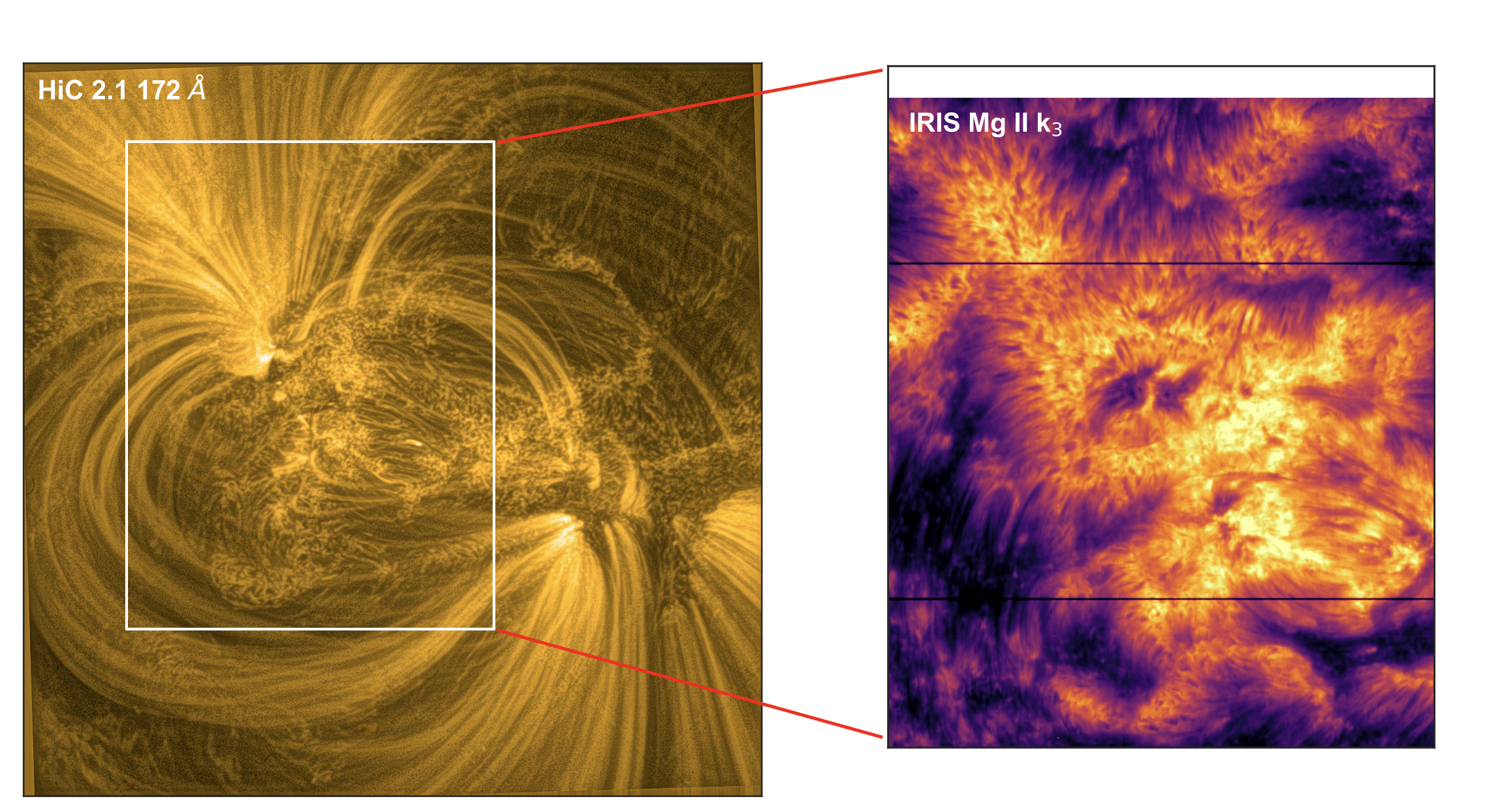MUSE
Multi-slit Solar Explorer


The Multi-slit Solar Explorer (MUSE) mission will help scientists understand the forces driving the heating of the Sun’s corona and the eruptions in that outermost region that are at the foundation of space weather. The mission will offer deeper insight into the physics of the solar atmosphere by using a powerful instrument known as a multi-slit spectrometer to observe the Sun’s extreme ultraviolet radiation and obtain the highest resolution images ever captured of the solar transition region and the corona.
The mission will also provide complementary observations from heliophysics research such as the Extreme UltraViolet Spectroscopic Telescope and ground-based observatories and improve our understanding of the dynamics of the Sun, the Sun-Earth connection, and the constantly changing space environment.
The primary goal of the MUSE mission is to investigate the causes of coronal heating and instability, such as flares and coronal mass ejections, and gain insight into the basic plasma properties of the corona. MUSE will obtain high-resolution images of the evolution of solar flare ribbons in a field of view focused on a large, active region on the Sun. It will use breakthrough imaging spectroscopy techniques to observe radial motion and heating at ten times the current resolution – and 100 times faster – a key capability when trying to study the phenomena driving heating and eruption processes, which occur on time scales shorter than previous spectrographs could observe. Such data would enable advanced numerical solar modeling and help unpack long-standing questions about coronal heating and the foundation of space weather events that can send giant bursts of solar particles and energy toward Earth.
The principal investigator for the MUSE mission is Bart DePontieu of the Lockheed Martin Advanced Technology Center (LMATC) of Palo Alto, California. This mission has a budget of $192 million and MATC will provide project management.





